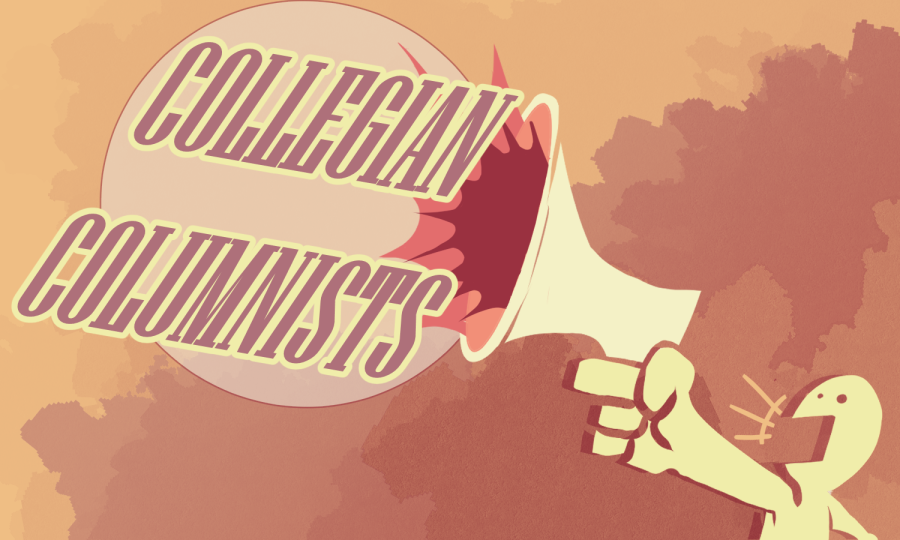In honor of fashion month, I decided to delve into the history of New York, London, Milan and Paris and find out what makes them the world’s fashion capitals. Most of us (not even me) know the origins of how these cities got chosen by fashion’s elite to show the new season’s collections each year.
I’m going to break each capital down because as I found out, each one has their own unique history when it comes to fashion. Each place has their own path of how they became well known in the fashion world.
Ad
New York
New York wasn’t the first to gain access to ready-to-wear fashion, however, they were the first capital to begin showing fashion week, which is why they are always the first to show each year. In America, textile and clothing production didn’t begin until the 1800s, with the Industrial Revolution and factories coming to the Northeast. This really allowed for mass production of clothing to happen. Ready-to-wear fashion began with menswear in the mid-1800s with work clothes from companies such as Levi Strauss. Womenswear came about in the 1900s, reflecting the couturier styles of the rest of the world. New materials such as rayon and synthetic dyes were developed which helped to be able to mass produce clothing. Charles James was really America’s first couturier in the 1940s-1950s, producing extravagant ball gowns with a focus on the structure. New York City was also home of the Garment District, where the majority of the garments were produced. During World War II, the couture houses in Europe closed, so the production of uniforms was moved to New York. New York challenged the couture of Paris with producing sportswear, something that Europe never really saw, in the 1940s and 1950s. This remarkable rebellion put New York City on the fashion map for the rest of the world to watch. Additionally, they were the first to host a fashion week. Originally called “Press Week,” fashion week was originally for American designers to showcase their work for the fashion industry insiders who were unable to travel to Paris due to the war. Coming off as a success, American designers were showcased for the first time in Vogue. Currently, New York Fashion Week is the first of the four major fashion weeks, showcasing many designers over the 7-9 day period. Additionally, 5th Avenue is generally regarded as the high end shopping district of New York City since most designers have flagship stores.

London
The fashion history of London has its roots in the British monarchy, who would often influence much of the fashion. Many commoners aspired to be like the royalty, wanting to replicate their dress. Textile production began in England in the 1700s with a way for the middle and lower class to have access to clothing, as the upper classes already had access to all of it. The loom was created in England in the mid-1700s with a way for people to weave their own fabrics from yarn. English technology was strictly protected so no one was able to leave with any of the country’s technology blueprints. This eventually spread to America and helped to start their textile industry. Fashion began to mimic that of America and the remainder of Europe until the 1960s, which was probably the most iconic decade in English fashion. In “Swinging London,” the mod fashion trend made a strong impact, with plastics becoming the experimental plastic. This even spread to home decor. Twiggy was the iconic model, sporting a cat eye or spider lashes as the look. From then on, London really branched out into forming their own fashion identity. In the 1970s, punk was beginning to become a strong subculture in both London and New York City. Designer Vivienne Westwood would become known for her tartan prints and distressed clothing. The 1980s brought decadence to fashion, along with the first showing of London Fashion Week in 1984. What defines London’s style as a fashion city is the influence of Britpop with an influx of Doc Martens and bucket hats, now parts of the typical “London” style. The London College of Fashion, one of the world’s best fashion schools sends out fresh new talent which has shaped what is shown at fashion week. Bond Street and Oxford Street serve as the shopping district in London.

Milan
Italian fashion dates back to the 11th century with hitting it’s peak during the Renaissance, where women such as Catherine de Medici were the fashion icons at the time. Fashion declines in the 17th century and lasted all the way until the mid 20th century. Florence emerged in the 1950s and 1960s as a fashion capital that specialized in couture for the rich and famous, similar to the Paris at the time. Milan then emerged in the 1970s and 1980s as a location where ready-to-wear garments were made. Because Milan was more affordable and stylish, it became the fashion capital, with its first fashion week showing in 1958. Milan and Florence aren’t the only two fashion cities that can contribute to Italy’s fashion history; Rome is regarded to as the third fashion city in Italy since it is home to houses such as Bulgari and Fendi. Italian fashion can boast the success of Dolce & Gabbana, Bottega Veneta, Gucci, Prada, Gucci and many others. Italian fashion is known for being rather edgy and sexy compared to that of the other fashion capitals. Quadilatero della moda, or fashion quadrilateral, is the major shopping district in Milan.

Paris
Paris has quite a bit of fashion history. French fashion dates back to the time of Louis XIV, where the royal courts would only have access to luxury goods. With the creation of the fashion press in the early 1670s, it allowed fashion to be mass produced for the public. During the French Revolution, there was a movement known as “sans culottes,” or “without culottes” that was widespread. Culottes were a sign of royalty, so by not wearing them, you proved you were on the side of the people (think about that next time you consider buying a pair). The first couturier was considered Charles Fredrick Worth in the late 19th century. Couture in Paris was a strong influence with many houses such as Vionnet, Chanel and Balenciaga opening their doors at the turn on the 20th century. However, tradedy struck when World War II caused many of the fashion houses to close, shifting the fashion spotlight to America, who was rather unaffected by the war. At the end of the war, Dior released his New Look, which changed the view of women’s fashion, emphasizing the body and curves, where as the fashions during the war did the opposite. Couture remained the fashionable style until the 1960s when Yves Saint Laurent introduced the idea of pret-a-porter, or ready to wear. Many Italian youth would look to London for more casual styles, criticizing couture. This gave way for the development of Parisian ready-to-wear, which remained a growing industry in the 1970s and 1980s. Paris Fashion Week began showing in 1973. They also host a couture show for spring and fall, where designers from all over the world come and show their couture collections. The famed shopping district in Paris is Avenue des Champ-Elysees.

There is continuous competition among the fashion capitals as to who is the biggest fashion capital in the world. Currently, the title is held by New York City, but has been passed among all the capitals at one point or another. Each city has developed their own unique style and it has translated to the clothes they show at fashion week. They all contribute something different to the worldwide view of fashion, which is something that will be carried on for a long time to come.
Ad
For more, visit theworldaccordingtofashion.wordpress.com












